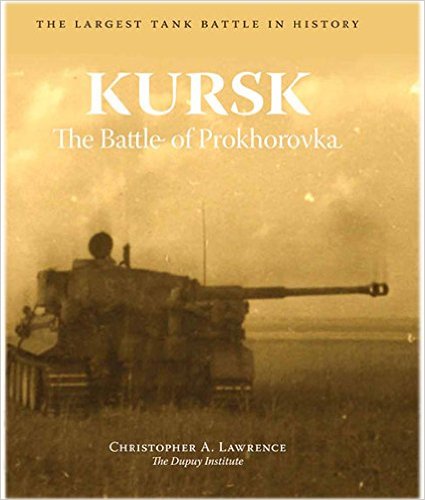
RAND has published a report on its analysis of “NATO’s Eastern Flank” (meaning the three Baltic states). The PDF can be obtained here: http://www.rand.org/pubs/research_reports/RR1253.html Of particular interest to us is Appendix A: Methodology and Data (page 12).
RAND is using a hex board game with counters that appears to have strength and movement factors on them. This is Tactics II…Avalon Hill…..SPI. RAND does have their own combat model, JICM (Joint Integrated Contingency Model), so why are they using a hex board game? According to their article:
RAND developed this map-based tabletop exercise because existing models were ill-suited to represent the many unknowns and uncertainties surrounding a conventional military campaign in the Baltics, where low force-to-space ratios and relatively open terrain meant that maneuver between dispersed forces—rather than pushing and shoving between opposing units arrayed along a linear front—would likely be the dominant mode of combat.
The problem is that JICM does movement down to having a series of “places” that are connected by “links.“ These links are tubes of variable width, connecting between each “place”. So for example, there might be a tube between St. Petersburg and Talinin. All combat would occur up and down this tube, but there could be no real movement out of the tube. This is a limited and somewhat inflexible movement system that has been used in a few other models (SOTACA comes to mind).
Now, I gather RAND has the whole map of the world set up for JICM as a “series of tubes.” According a 1995 report, there were nearly 1000 “places” and 2000 “links” for the entire world. This does not give a lot of fidelity, as the map of Korea shows at the top of the post. I suspect the fidelity is such that there are few tubes in an area as small as Estonia.
Estonia is small. It is 17,505 square miles. This is smaller than West Virginia (24,038 sq. miles), and it is a lot flatter. But, somehow, they have managed to maintain an independent language of over a million speakers (1.2 million actually). This language has managed to survive for over a thousand years! I am always impressed by that. Their capital is only about 100 miles from several points along the Russian border. This is about the distance between Washington DC and Richmond. Now granted, it took several years to cover that distance during the American Civil War, but there was a significant Confederate Army in the path. Therefore, to examine scenarios, I suspect they needed a map of considerably more fidelity than JICM and its “series of tubes.”



